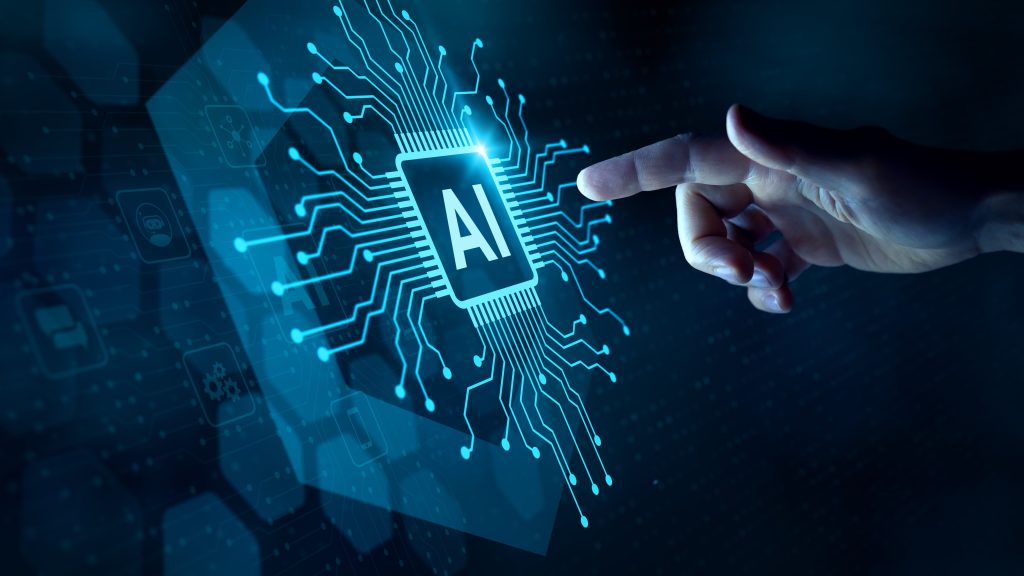When DeepSeek-R1 launched recently, it immediately captured the attention of the global artificial intelligence community, prompting major players such as OpenAI, Microsoft, and Meta to investigate its seemingly novel approach to model distillation. Yet, beneath the excitement around distillation lies a more nuanced and impactful innovation: DeepSeek’s strategic reliance on reinforcement learning (RL).
Traditionally, large language models (LLMs) have been refined through supervised fine-tuning (SFT), an expensive and resource-intensive method. DeepSeek, however, shifted towards reinforcement learning, optimizing its model through iterative feedback loops. This method dramatically reduced costs, up to 90% compared to traditional methods such as those used by ChatGPT, while delivering comparable or even superior performance in various benchmarks.
CTO and Co-Founder at Iris.ai.
The Real Revolution: Democratizing AI Knowledge
While model distillation, the method of teaching smaller, efficient models (students) from larger, more complex ones (teachers), isn’t new, DeepSeek’s implementation of it is groundbreaking. Its true innovation is transparency. By openly sharing comprehensive details of their methodology, DeepSeek turned a theoretically solid yet practically elusive technique into a widely accessible, practical tool.
You may like
This openness accelerated adoption exponentially. Within weeks, the initial 60 distilled models released by DeepSeek multiplied into around 6,000 models hosted by the Hugging Face community. Developers around the globe now have practical blueprints for creating powerful, specialized AI models at significantly reduced scales.
By reducing the barrier to entry, DeepSeek’s open source strategy enables organizations of various sizes and sectors to explore sophisticated AI solutions that previously seemed out of reach. The widespread availability of distilled models means more specialized applications can emerge rapidly, opening doors to innovation in fields such as healthcare, finance, manufacturing, and education.
Implications for Businesses
For businesses, this marks a major turning point. The costly IT infrastructure required for traditional LLMs often barred smaller enterprises from adopting cutting-edge AI. DeepSeek’s distilled models promise powerful, tailored AI capabilities at a fraction of previous costs. Organizations can now easily leverage AI optimized specifically for their unique datasets, fostering deeper insights, operational efficiency, and enhanced competitiveness.
Moreover, these distilled models significantly lower the environmental impact associated with AI deployment. With sustainability becoming a central business imperative, companies can now align their AI strategies with broader corporate responsibility goals, reducing their carbon footprint without sacrificing technological capabilities.
Europe’s Moment to Lead
Historically trailing behind AI powerhouses like the US and China, Europe is uniquely positioned to capitalize on DeepSeek’s approach. Europe’s strength in open source collaboration, exemplified by initiatives like OpenEuroLLM and entities such as Mistral AI, aligns perfectly with DeepSeek’s ethos of openness.
Instead of competing in a costly arms race of extensive GPU infrastructure, European companies can lead by deploying energy-efficient, smaller-scale models. Given Europe’s significantly higher energy costs, this method of distillation presents a strategic advantage: sustainable and efficient AI solutions that are attractive to enterprises, consumers, and regulators alike.
Moreover, Europe’s regulatory landscape, which emphasizes data privacy and consumer protection, is particularly well-suited to smaller, more transparent models. By embracing DeepSeek’s distillation practices, European organizations can not only comply with stringent regulations more easily but also differentiate themselves globally through responsible AI practices.
Challenges and the Road Ahead
Despite its promise, model distillation isn’t without pitfalls. Poor implementation can inadvertently amplify biases or errors present in teacher models. These biases, if unchecked, could lead to unfair outcomes, regulatory scrutiny, or loss of consumer trust. However, with careful attention, rigorous testing, and responsible governance, these risks can be mitigated effectively.
Another challenge lies in ensuring the ongoing quality and consistency of distilled models. As the model pool grows exponentially, maintaining standards becomes more complex. The AI community will need robust verification processes and continual improvements to distillation techniques to sustain quality across thousands of models.
Training expertise is also critical. Despite the democratization of access, skilled personnel are necessary to effectively apply these distilled models to specific use cases. Investment in workforce development, continuous education, and community knowledge-sharing will be essential components in realizing the full potential of DeepSeek’s innovations.
The overarching benefits of DeepSeek’s open-source distillation methodology—a combination of economic efficiency, sustainability, and transparency—far outweigh the potential drawbacks. As businesses and nations recognize the opportunity, this innovative approach could very well redefine the future trajectory of AI development worldwide.
DeepSeek’s blend of reinforcement learning, model distillation, and open source accessibility is reshaping how artificial intelligence is developed and deployed. This revolutionary approach holds significant promise not only for technological advancement but also for democratizing AI, driving sustainable innovation, and positioning regions like Europe as leaders in the global AI landscape.
Check out our comprehensive list of the best AI tools.
This article was produced as part of TechRadarPro’s Expert Insights channel where we feature the best and brightest minds in the technology industry today. The views expressed here are those of the author and are not necessarily those of TechRadarPro or Future plc. If you are interested in contributing find out more here: https://www.techradar.com/news/submit-your-story-to-techradar-pro

